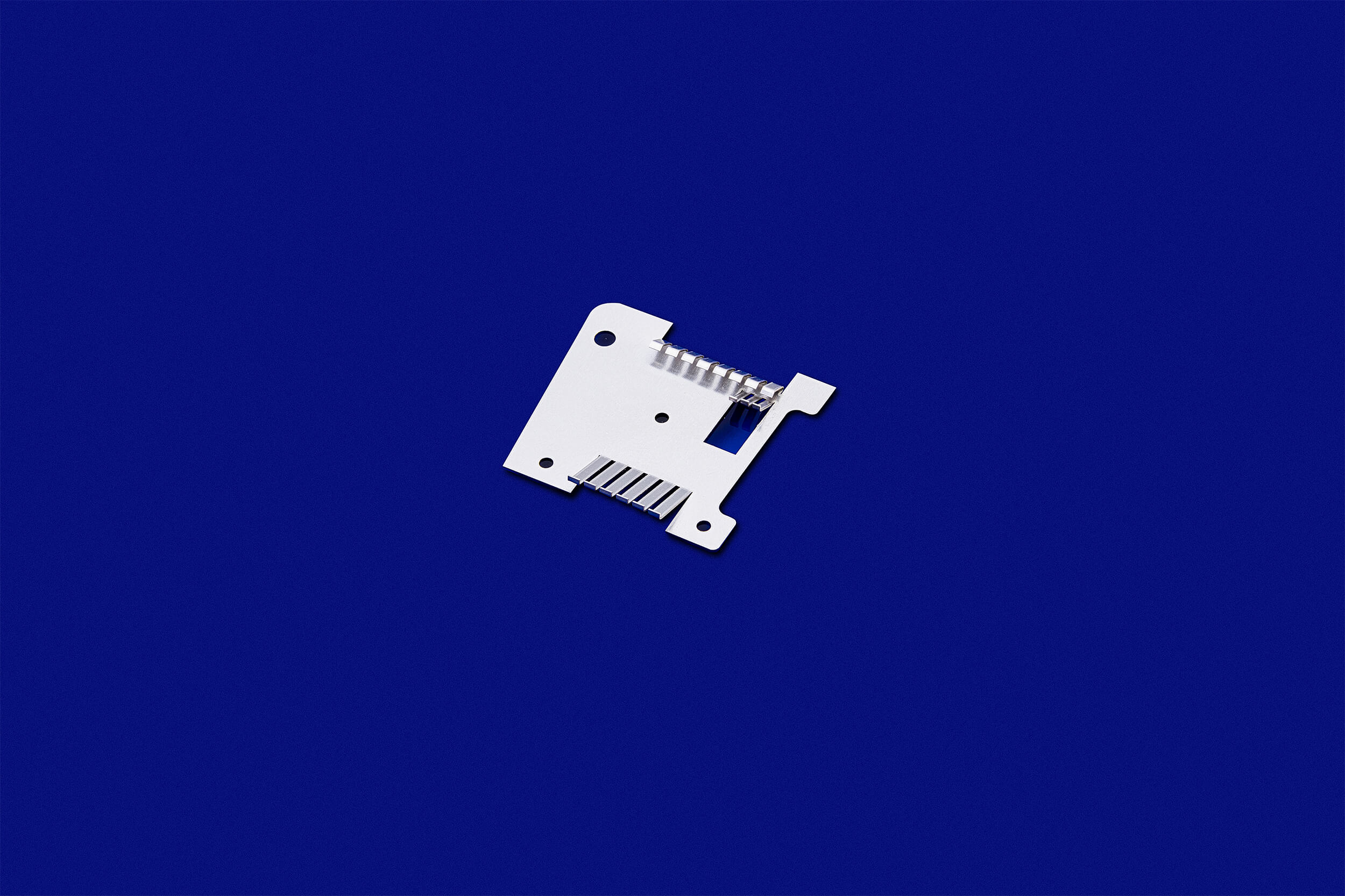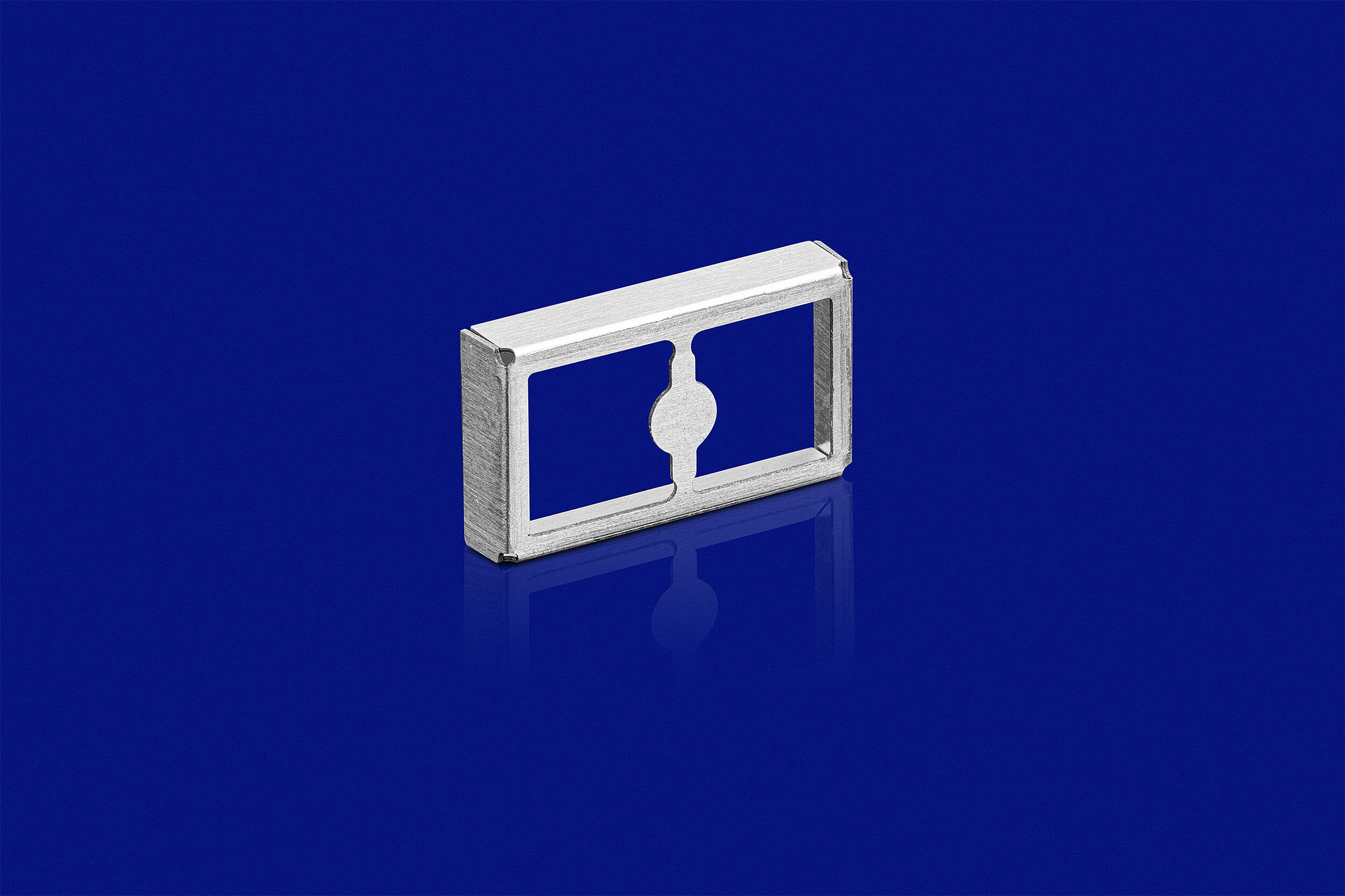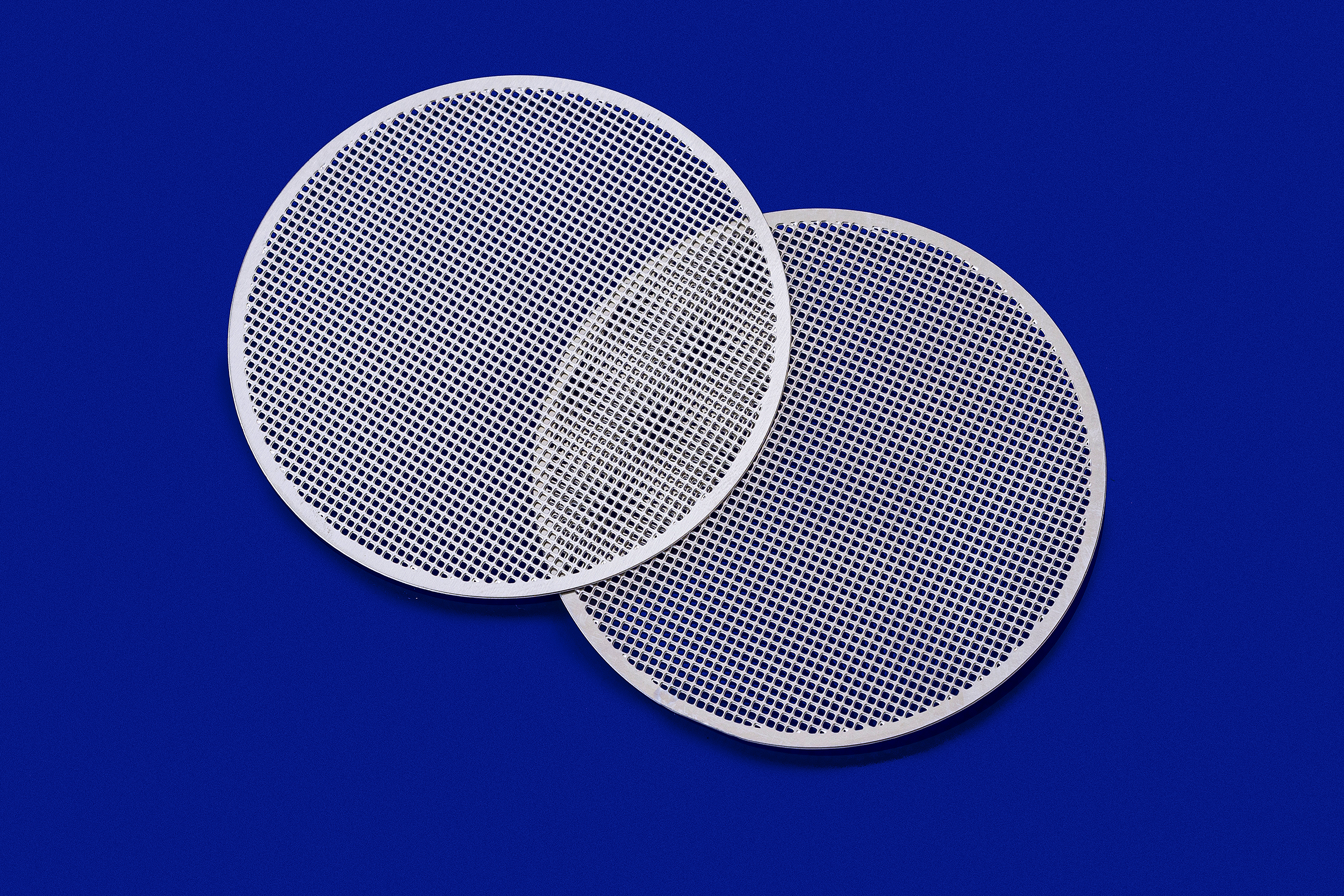Technology for the production of processed metal parts, thickness reductions and very precise engraving, with thicknesses ranging from 0.01 mm to 1 mm:
- Cleaning the dust, oil or dirt from the metal in order to obtain a perfect two – sided photoresist attachment
2. Inserting the coated metal into a double – sided mold, on which the shape of the part is photographed with the use of UV lighting
3. A negative image is obtained which is developed in a liquid developing solution
4. Chemical corrosion etching using an acidic mixture that attacks the surfaces exposed in the development
5. Cutting the parts, removing the photoresist and their complete cleaning
Advantages:
- Almost any type of metal can be machined
- Gradeless- smooth – even
- Very high accuracy 10% – 15% +/- of the thickness of the raw material
- Raw material thickness reduction with an accuracy of + 0.01 mm (10 microns)
- There are no changes in the chemical and physical properties of the metal
- Unlimited design shapes
- The process can be used for metal plates with a thickness of 0.01 mm to 2 mm
- Production of parts which are separated from / connected to the plate (for the benefit of further processes such as coating for small parts)
- Fast and cost-affective tool production












